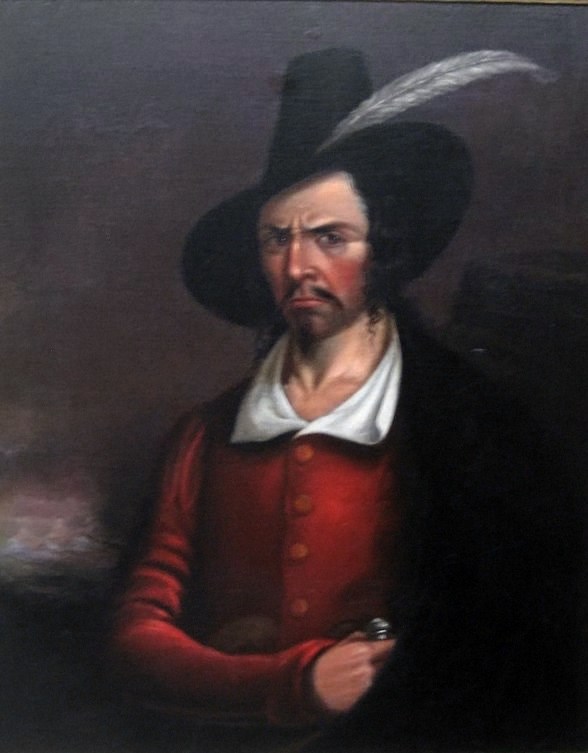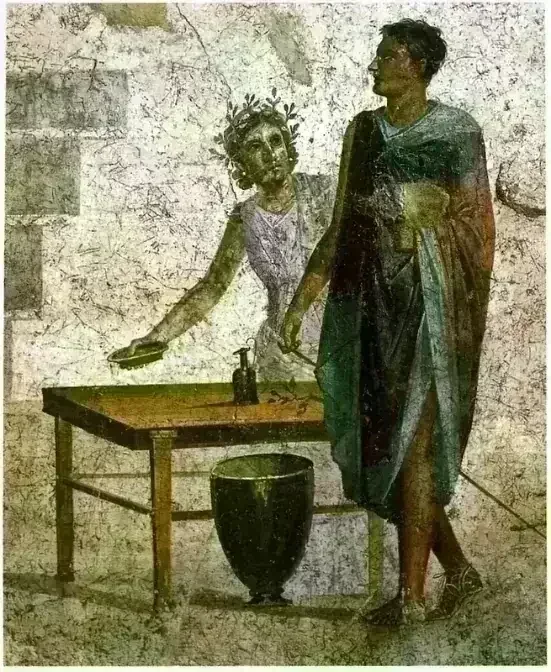Jean Lafitte

Jean Lafitte (c. 1780 – c. 1823) was a French-born pirate, privateer, and slave trader who operated along the Gulf Coast of the United States in the early 19th century. Alongside his older brother Pierre, he built a powerful smuggling empire that blurred the lines between criminal enterprise and patriotic service. Although the brothers spelled their surname "Laffite," contemporary English-language documents used the spelling "Lafitte," which has since become the standard form in the United States, including in cities and landmarks named in his honor.
Lafitte's origins remain uncertain. He is believed to have been born either in Biarritz, in the French Basque Country, or in the French Caribbean colony of Saint-Domingue (now Haiti). By 1805, he had settled in New Orleans and was running a black-market warehouse to distribute goods smuggled by Pierre. Their operation flourished as U.S. trade restrictions tightened, particularly after the Embargo Act of 1807, which sought to limit commerce with foreign nations amid rising tensions with Great Britain.
Forced out of New Orleans by federal enforcement, the Lafittes relocated to Barataria Bay, a remote area south of the city. By 1810, Barataria had grown into a thriving hub for smuggling and piracy. Jean Lafitte became a central figure in this clandestine trade, dealing in stolen goods, contraband, and enslaved people. His base became so influential that it attracted both customers and the attention of the U.S. Navy.
When the War of 1812 broke out between the United States and Britain, Lafitte found himself in a precarious position. Although he warned the other Baratarians of an impending American attack, U.S. forces captured much of his fleet in September 1814. Despite this, Lafitte later offered his services to General Andrew Jackson, who was preparing to defend New Orleans from a British invasion. In exchange for a pardon, Lafitte and his men aided the American defense, providing weapons, intelligence, and experienced fighters. Their efforts were instrumental in the American victory at the Battle of New Orleans, and Jackson publicly praised Lafitte and his followers for their bravery and commitment.
Following the war, Lafitte and his crew continued to navigate the gray areas of allegiance and legality. They reportedly became spies for the Spanish during the Mexican War of Independence. In 1817, Lafitte established a short-lived colony called Campeche on Galveston Island off the coast of Spanish Texas. Under the guise of privateering, he and his men operated a highly profitable enterprise dealing in looted cargo and stolen coin, reportedly amassing vast wealth.
Yet the full scope of Jean Lafitte’s life remains mysterious. Very little documentation exists about his later years, and the circumstances of his death are still debated. Some historians believe he died in 1823, though others suggest he may have escaped Galveston under a new identity. Wild rumors flourished—some claimed he rescued Napoleon Bonaparte from exile and the two lived out their days in Louisiana. Though there is no evidence to support these tales, they reflect the mythic status Lafitte achieved.
By the mid-1820s, piracy had been largely eradicated from the Gulf of Mexico, and Lafitte’s world was vanishing. Historian William C. Davis observed that Lafitte’s disappearance in 1823 allowed him to avoid the decline and irrelevance that befell many of his peers. Without clear records of his death, Lafitte became the subject of persistent legends. Some said he had been murdered by his own men, others that he had changed his name and vanished into obscurity.
The mystique surrounding Lafitte has only grown with time. Historian Jack Ramsay likened the folklore about Lafitte to the legends of King Arthur and Robin Hood. Tales of buried treasure have been passed down through generations, with popular lore placing his hidden riches in Galveston, along the Louisiana coast, and in places like Contraband Bayou in Lake Charles. The fever for pirate gold even led to criminal schemes—most notably, in 1909, a man was sentenced to prison for defrauding investors by falsely claiming he knew the location of Lafitte’s treasure.


